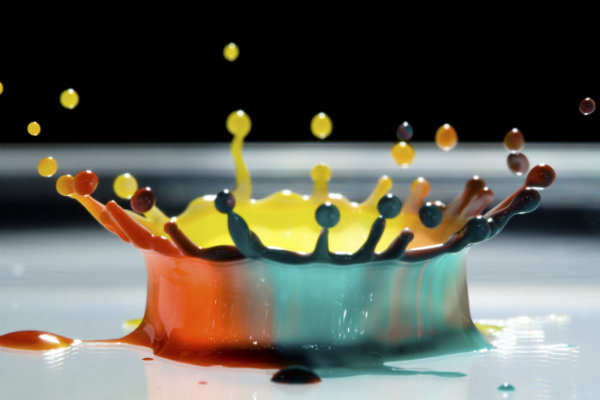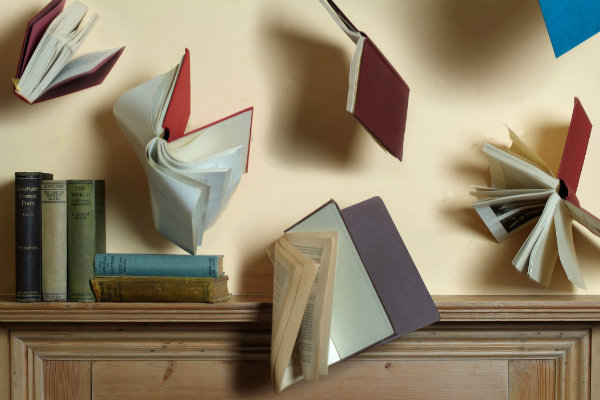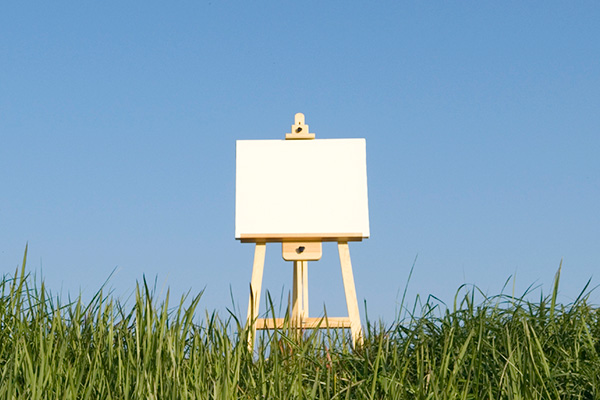Rebecca Boyle Suh established Artis in 2004, a social business dedicated to transforming education through the arts. Rebecca is a keen advocate of integrating the arts throughout learning, so the Artis programme is strongly linked to both the curriculum and school priorities. Every week 50,000 children act, sing and dance the curriculum.
10 years ago a creative learning company called Artis was founded. This term we launched a competition for all UK primary schools, to explore the philosophical question ‘What is art?’ Children are encouraged to move beyond the idea that art is simply a picture on the wall, and create a 10 word response to this thought-provoking question. But why is this an important question to be asking?
As I walked around an Essex primary school, I saw a question of the week all over the walls; ‘Why are the grown-ups in charge?’ The Headteacher said that the previous week it was ‘What makes the moon shine?’ and the following week would be ‘Why do we have wars?’ The children at this school were delving into the depths of philosophical enquiry with the help of a book called Big Questions from Little People, and Simple Answers from Great Minds by Gemma Elwin Harris.
This philosophising Headteacher also introduced me to the beautifully crafted animation series on CBeebies called What’s the Big Idea? which is essentially philosophy for pre-schoolers. Based on the globally successful children’s book, The Book of Great Philosophical Opposites by Oscar Brenifer and Jacques Després, What’s the Big Idea? worked with Philosophy for Schools (P4S) consultants to transform the book into a remarkable series. It follows Hugo, whose appetite for critical thinking encourages children to question the world around them. It inspires young minds to contemplate familiar themes in a different light. Hugo shares his ideas and poses thought-provoking questions that perhaps can never truly be answered:
‘Can it ever be good to be angry?’
‘What is the difference between thinking and dreaming?’
‘Why do people feel sad?
‘What is art?’
Indeed I remembered Hugo’s ‘What is art?’ programme whilst reading the irate responses to an interview with artist Jake Chapman last summer. He told The Independent that taking children to galleries is a “total waste of time” and parents are “arrogant” for thinking their children could understand art. These comments provoked an interesting debate as artists, parents and educators spoke up.
If only children had been included in this debate. Children have an enormous capacity for philosophical enquiry. They are endlessly inquisitive and, most importantly, open-minded. They just need to be given the opportunity to develop their critical thinking and discussion skills.
If you asked a child what art is, what do you think they would say? They would probably start with the obvious and say it’s a picture on the wall or a painting. What if you were to ask them some further probing questions; does art have to be beautiful? Does it make a difference where art is – is something more likely to be art if it is in a gallery? Is a sound more likely to be music if it is in a concert hall?
Last term I witnessed six-year-olds in a Merton primary school debating what art is. The starting point was a fabric toilet sculpture – an intriguing stimulus. After discussing whether this toilet could be art, the children were asked what else art could be. The first small but certain voice called out “My bed is art” – and I assure you he was no relation to Tracey Emin. By creating a space for these children to share ideas and giving them a framework for discussion, their imaginative worlds became bigger.
These six-year-olds moved beyond the obvious with lightning speed and demonstrated that they could easily think conceptually. During the debate, contributions included, “Art is telling stories”, “Art is music”, “Art is something that can make you feel proud” and “Art is beautiful and interesting.” I could see that this philosophising process was extremely liberating for the children as there were no wrong answers.
Provoked by Chapman’s comments, I felt it was time to collect children’s thoughts from around the UK on what art means to them by launching a competition. My instinct is that our ‘little’ minds could be a real match for how some ‘great’ minds have defined art in the past. If you’re interested in introducing ‘What is art?’ to a primary school this term, please visit the Artis ‘What is art?’ competition website to download the free teaching resource. It uses a sculpture by the artist Do Ho Suh to stimulate a physical exploration of the arts and many other curriculum areas. It does not aim to produce definitive answers or to limit the children’s responses, but to encourage individual, generous and even contradictory opinions. The competition has been open for just under a month, and we’ve received many entries which have been both enlightened and surprising. We’re accepting entries until the end of the Spring term, and will be announcing the winner early in summer term. The winner will receive £1,000 to spend on the arts for their school.
See more on the work of Artis at www.artiseducation.com
This post is an amended version of ‘Art is debatable in schools’, featured on the Key Insights website in January 2015.
Related articles
-
Getting clever with culture
Mark Londesborough
RSA Creative Learning Programme Manager Mark Londesborough looks forward to a new, government-supported programme of randomised control trials to test the impact of cultural learning on attainment in school.
-
Blog: What’s the purpose of education?
Ellen Spencer Bill Lucas
Bill Lucas and Ellen Spencer of the Centre for Real-World Learning at the University of Winchester explore the true purpose of education
-
Blog: CD19 - What does a culturally educated, design-literate 19 year old look like?
Joe Hallgarten
The cultural and design learning worlds need to rise above the nonsense and narrow expectations of the Ebacc to ask a more profound question.




Join the discussion
Comments
Please login to post a comment or reply
Don't have an account? Click here to register.
One professor I had described: "Art as the creative act of problem solving...", of course it requires a medium, of thought, which edges towards creating a solution, of a problem that needs to be solve...sometimes it appears on paper, as a diagram or canvas, or in another medium, or appropriate to another task. Art is important in school and to developing creative energies for lifes work..